First butterfly in the wild to be recorded on my camera. This is an American Lady found in the 91st Street Garden in Riverside Park.

.

First butterfly in the wild to be recorded on my camera. This is an American Lady found in the 91st Street Garden in Riverside Park.

.

Two Owl Butterflies, side by side. What a difference a few days make.

An email from The AMNH Living Exhibits Department to the Vivarium Volunteers:
“Unbelievably, it is one full year since the vivarium opened to the public. It has been a huge success due to your commitment and support, thank you so much for all your time and effort. You have welcomed over 610,000 people during that time, and helped so many people learn to appreciate butterflies.”

I salute the Gilder Center!
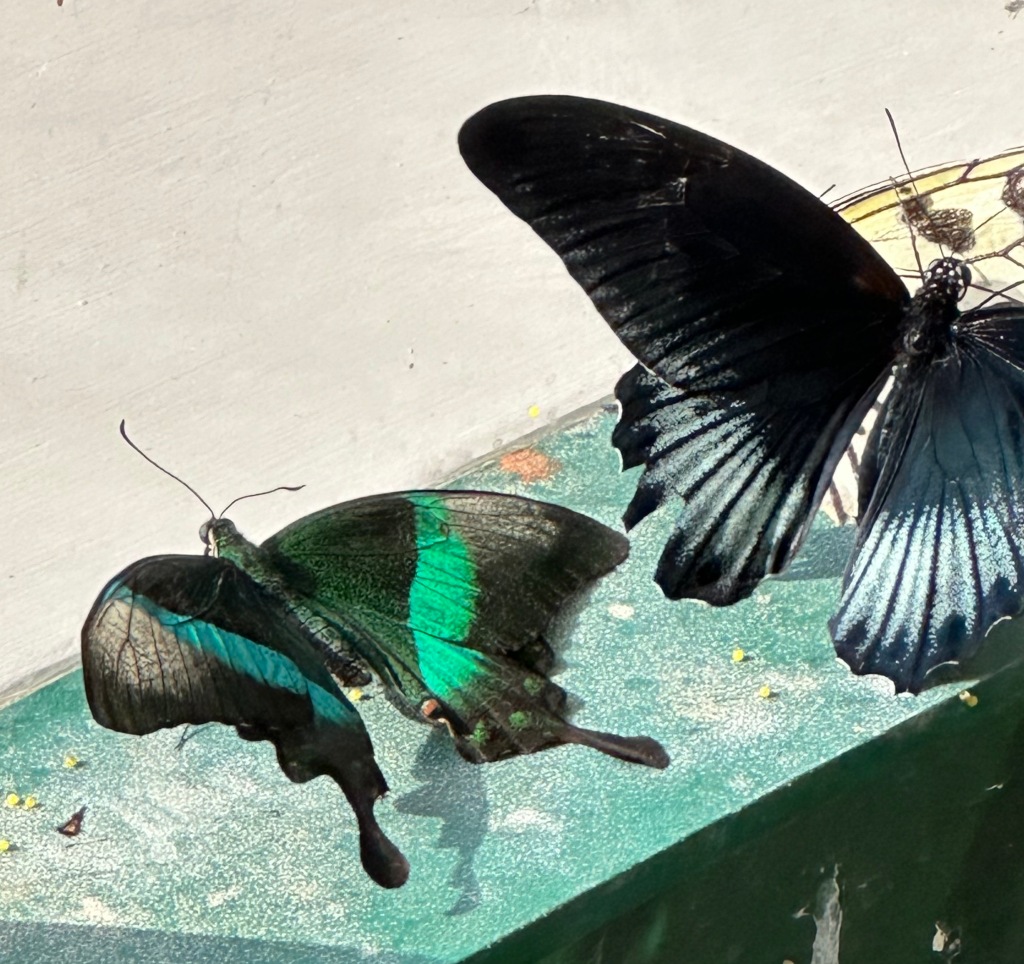
A Great Mormon basks on top of a Paper Kite next to this Emerald Swallowtail from Southeast Asia.
This info from AMNH:
The emerald swallowtail (Papilio palinurus) is sometimes called a banded peacock, but it might just as easily be called a chameleon. Like the shade-shifting lizard, the emerald swallowtail changes color depending on the angle of the light, and it has a strikingly disparate appearance from one side to the other.
The bright bands on the butterfly’s generally dark green upper side aren’t caused by pigments but by the surface of unique microstructures in the scales on its wings. When the scales reflect blue and yellow light, their tight arrangement allows the colors to mix together and be perceived as the iridescent green bands from which the butterfly takes its common name.
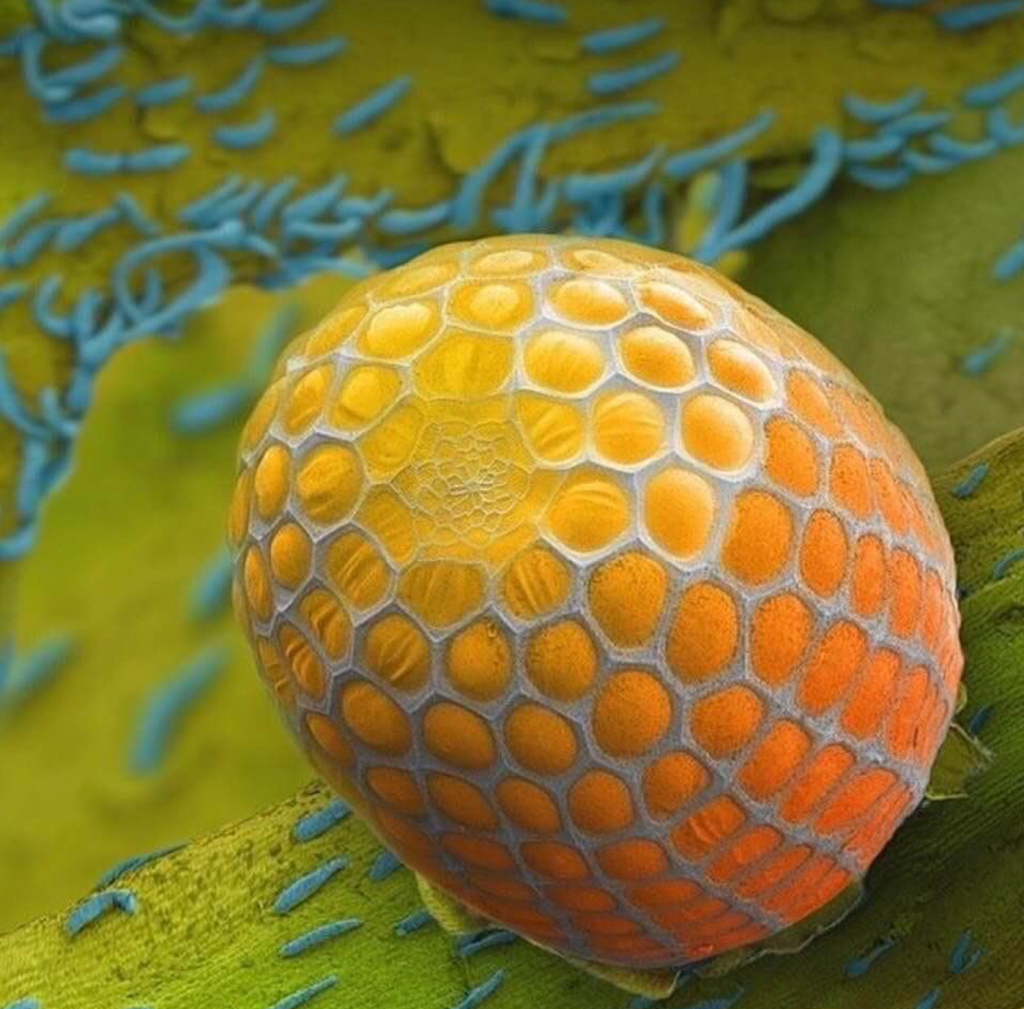
This is a microscopic photo of a butterfly egg. Most butterflies deposit a cluster of tiny eggs, sometimes hundreds of them, on the underside of a leaf, fastening them there with a glue-like substance. The leaves provide protection—and later, food—for the young caterpillars. Filmmaker Louie Schwartzberg reveals spectacular natural beauty imperceptible to the human eye.
See more here: Hidden miracles of the natural world, a film by Louie Schwartzberg
I believe that Andy Warhol’s painting, Happy Butterfly Days, conquers the challenge of how to depict butterflies in art while paying tribute to their lightness and delicacy.
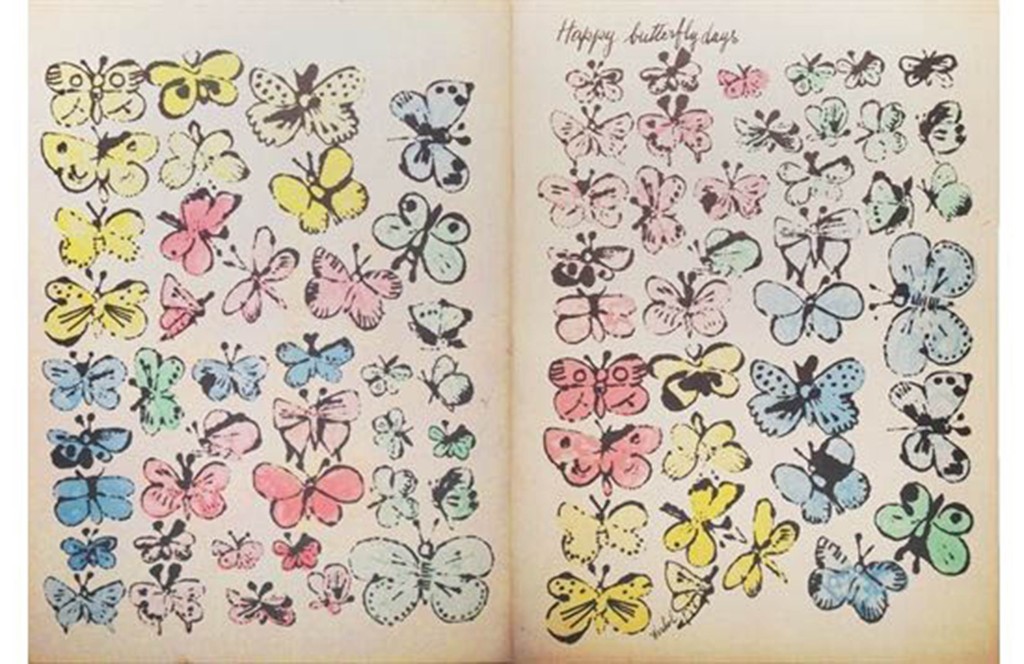
On another note: Long before the famous Campbell’s Soup can paintings, Andy Warhol worked as a commercial illustrator and excelled at creating fresh, whimsical textile prints at a time when a post-war generation wanted new ideas for ready-to-wear clothes.
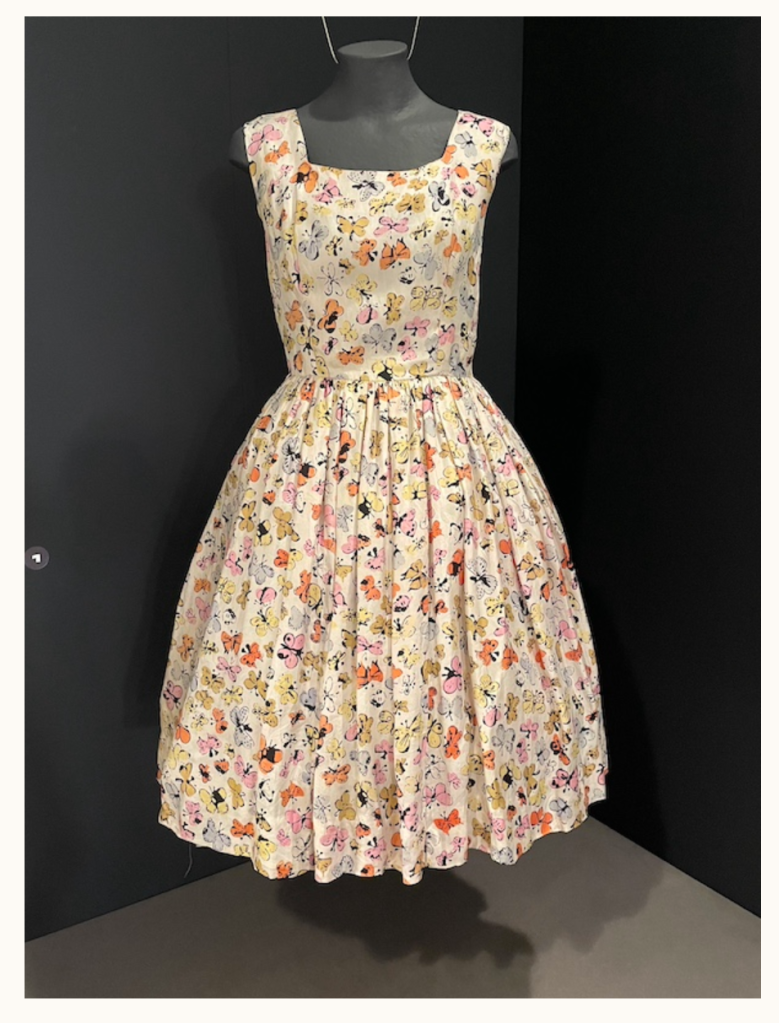
To read the full article from the magazine, Modern Daily Knitting, Click here.
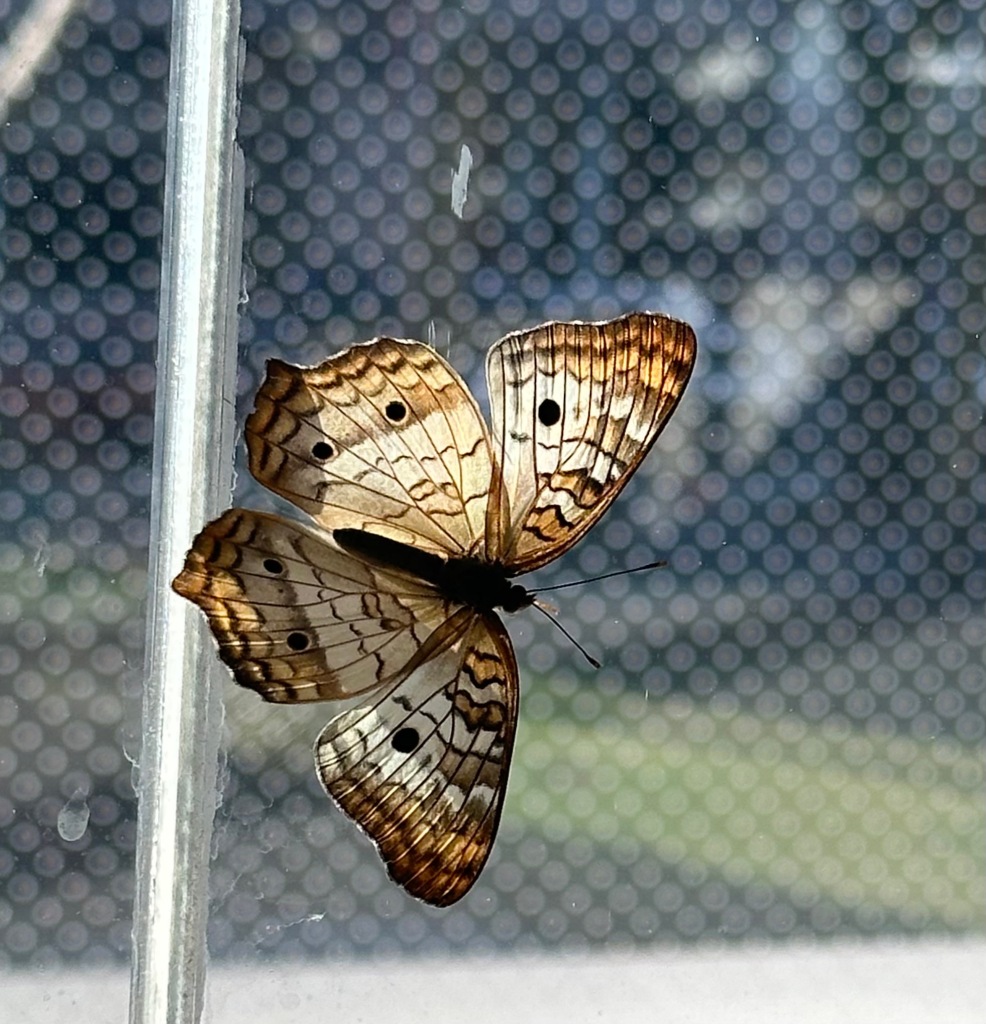
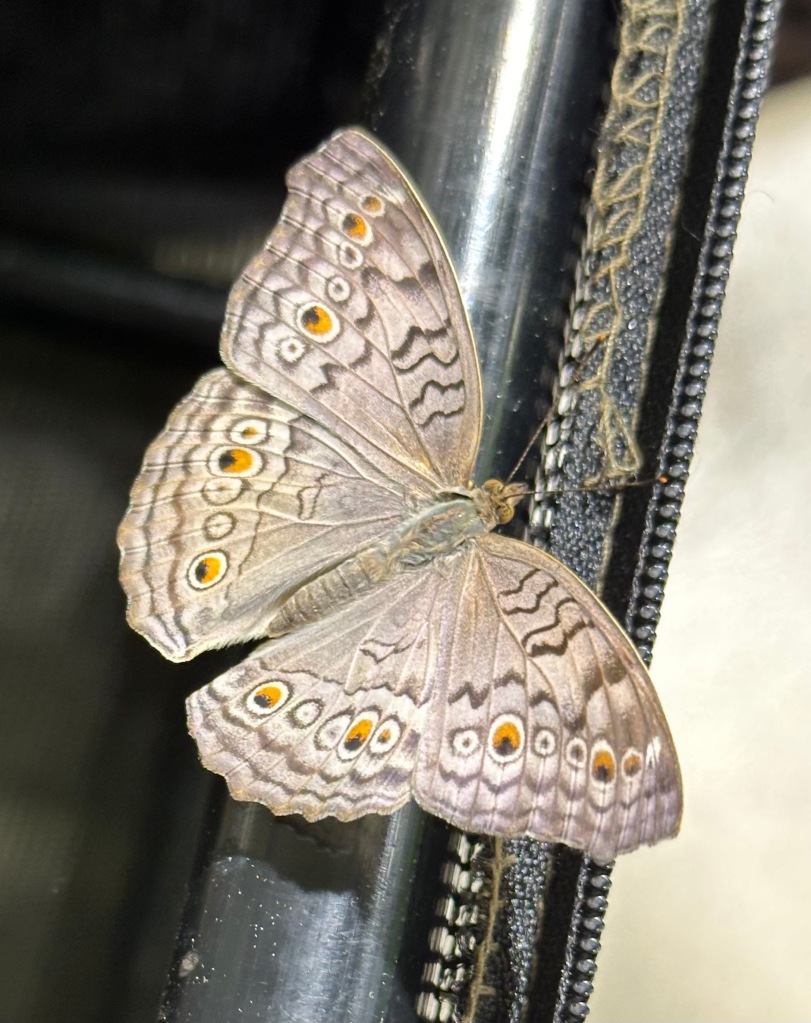
They resemble each other but come from the other side of the globe: A White Peacock from North, Central and South America and a Grey Pansy from Southeast Asia.
The category: Wings.
The contestant got it right!
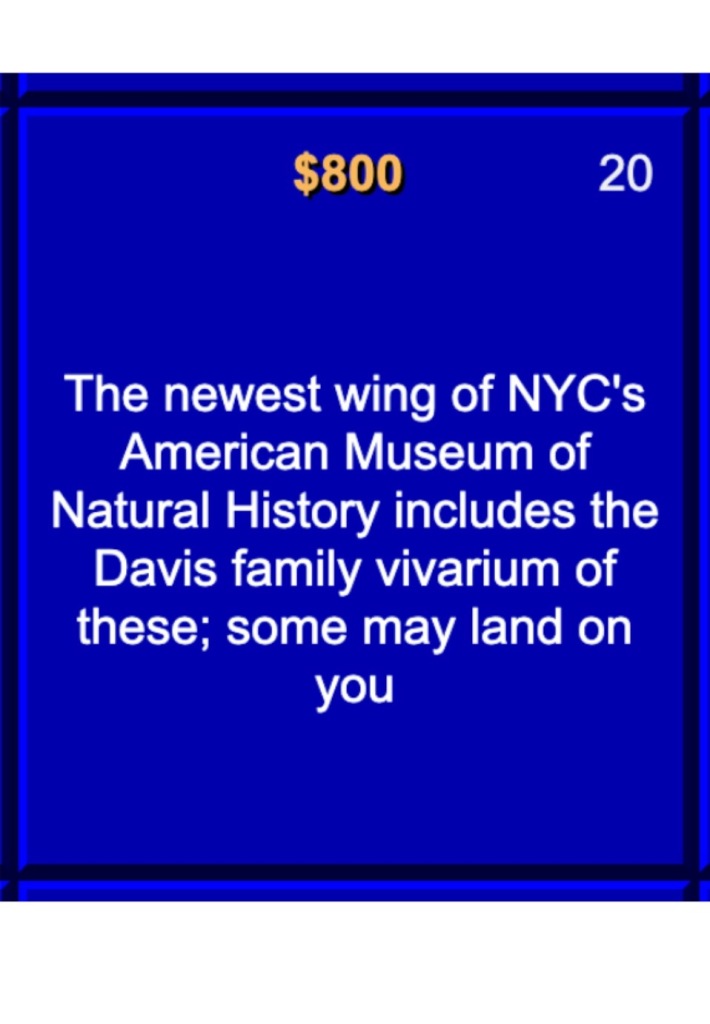
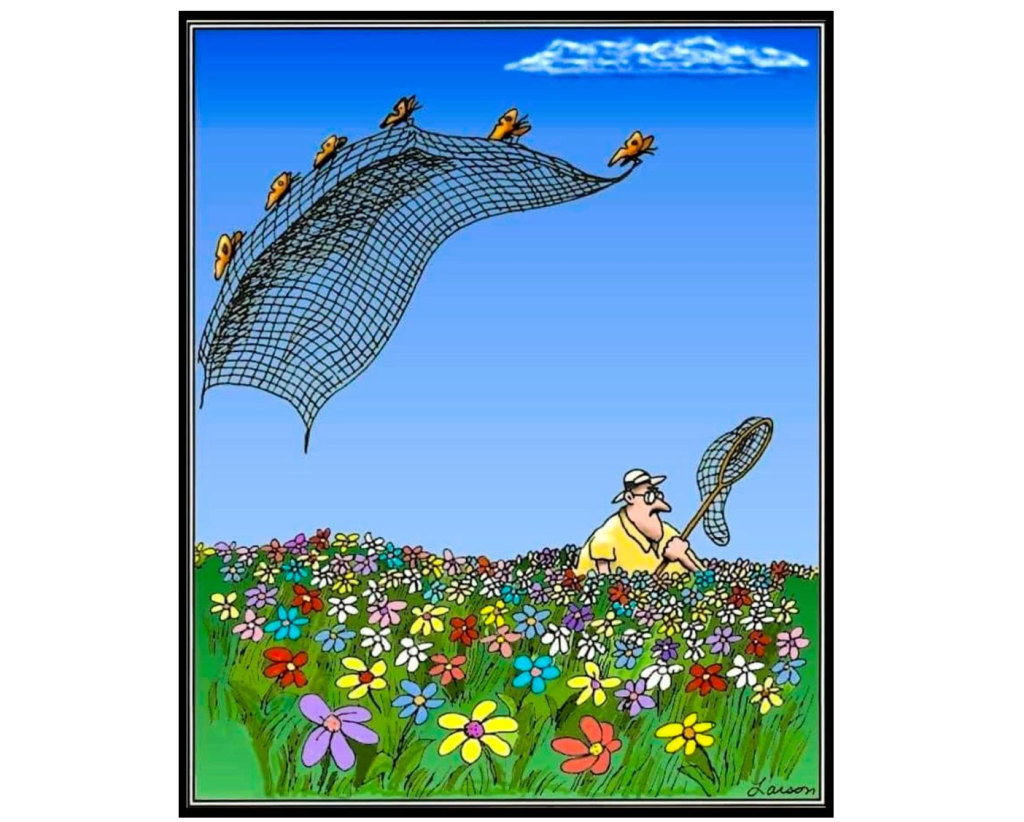
March 14th is National Learn About Butterflies Day. For the past several years I have posted an interesting fact on Facebook. The responses have been appreciative and grateful!
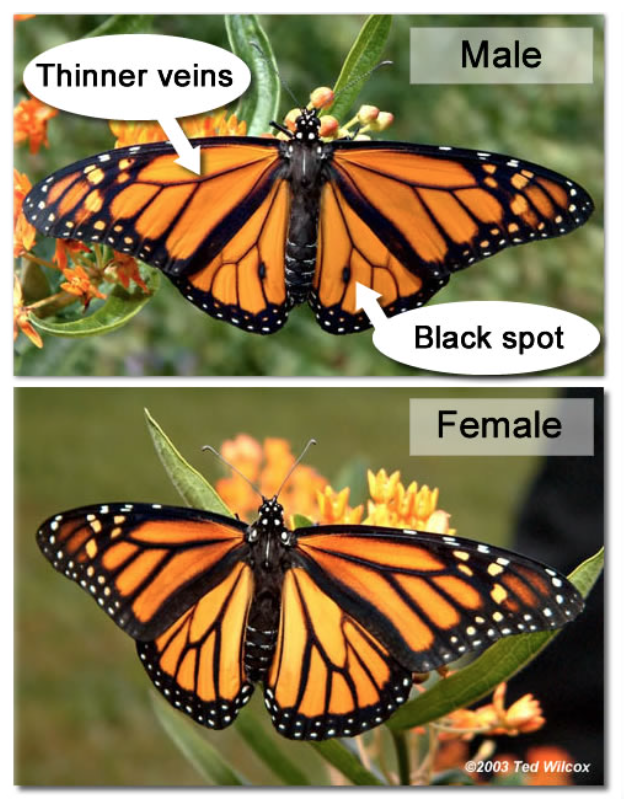
2024.
Today is National Learn About Butterflies Day. Did you know…
You can tell if the Monarch is a male by the little black dots on its wings. Monarch males can produce pheromones, which they secrete through special glands on the wings.
2023.
Today is National Learn About Butterflies Day. Did you know…
Birds are natural predators who eat butterflies and caterpillars? However, sometimes they just coexist in lovely images.
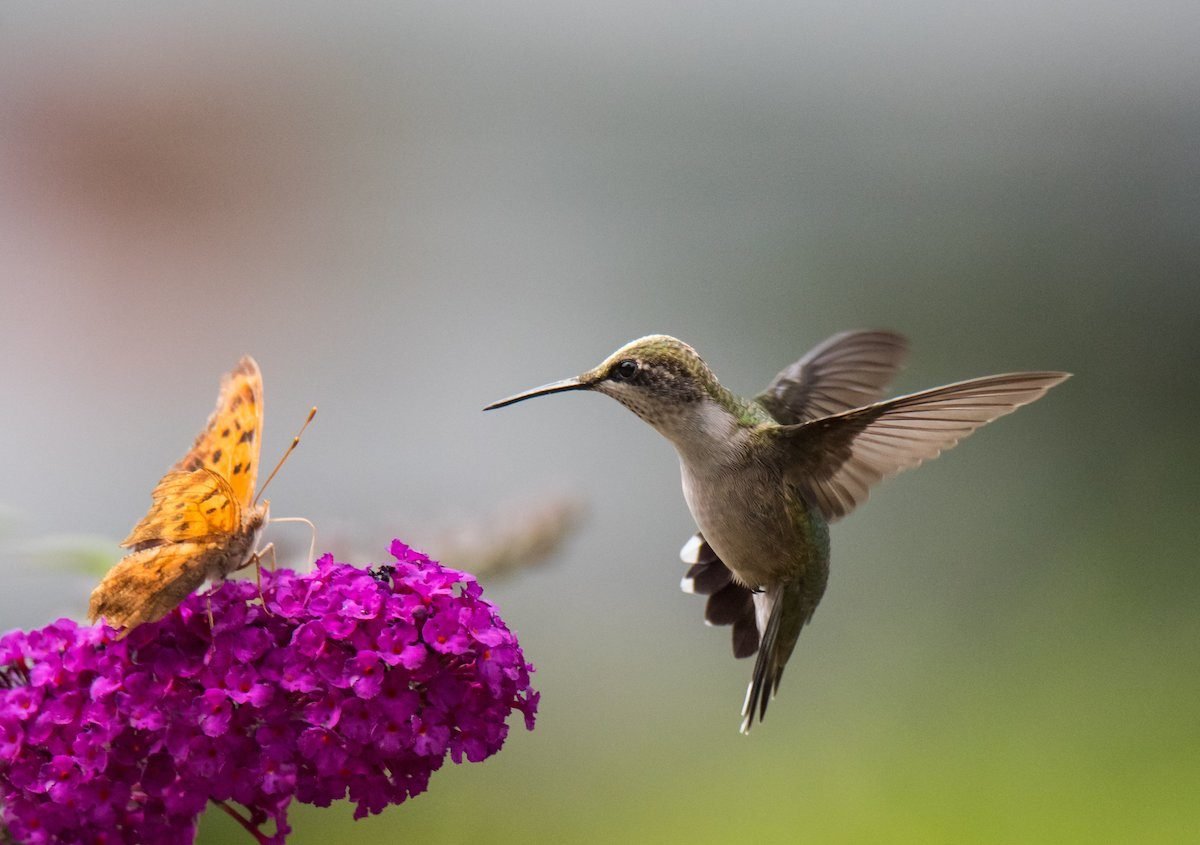
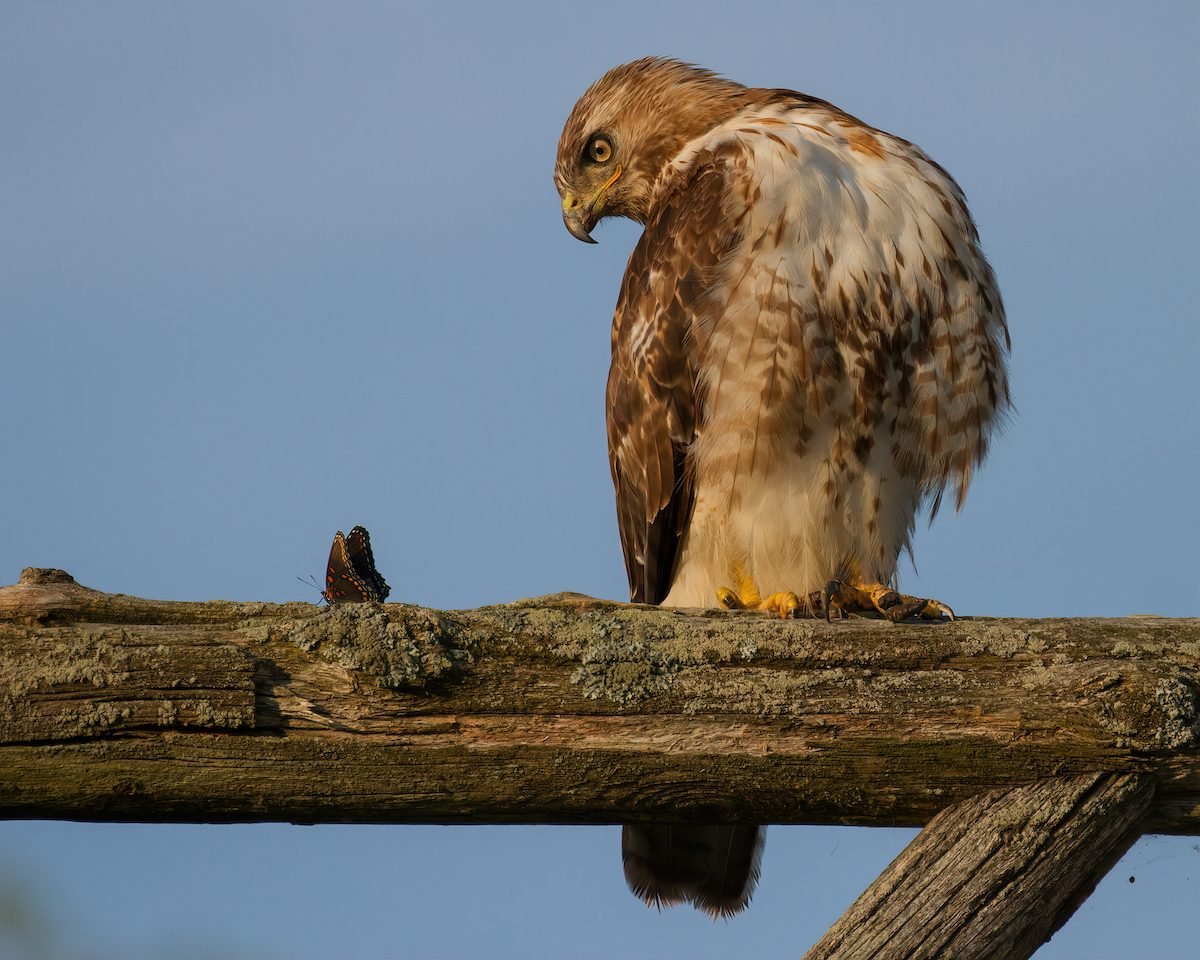
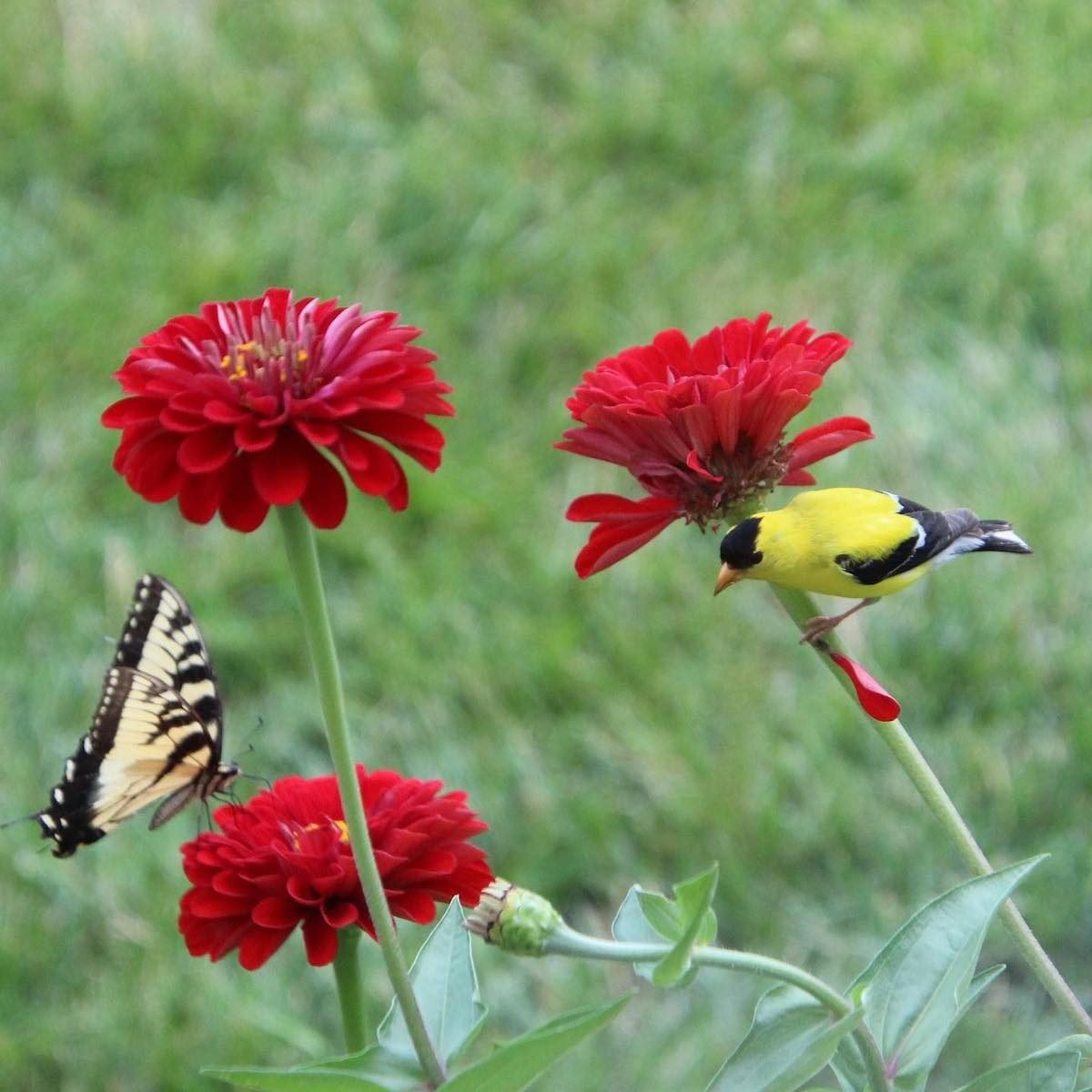
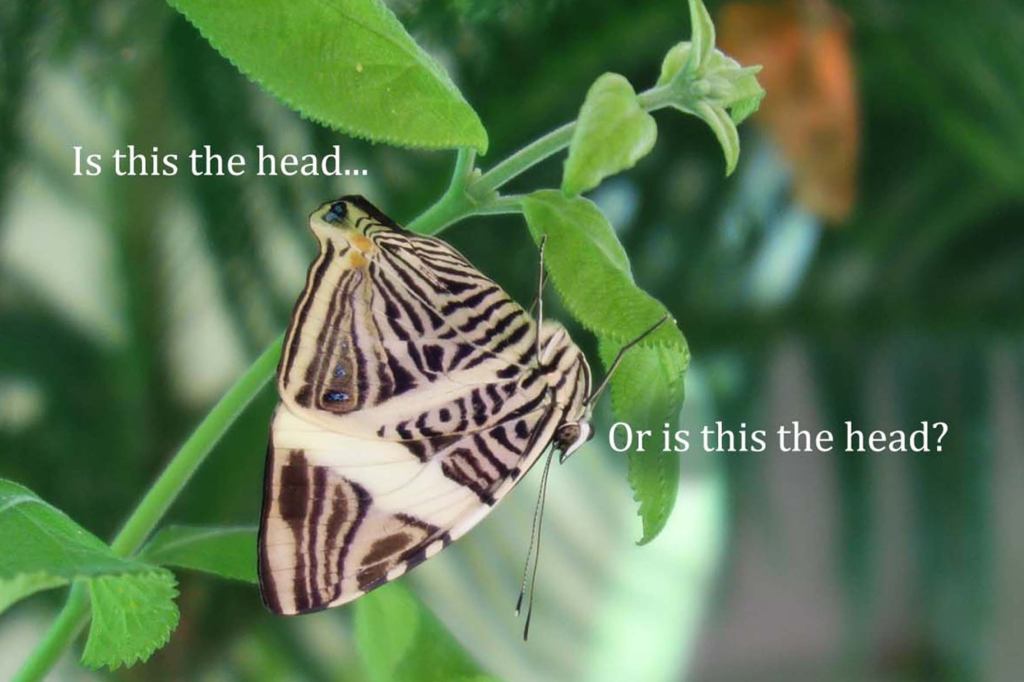
2022.
Today is National Learn About Butterflies Day. Did you know…
Butterflies have evolved to have many survival techniques to avoid predators, like this Zebra Mosaic. This species is native to Central and South America and notable for its “false head” – special markings on the tail intended to trick predators into biting the wrong end and giving it a chance to escape.
2021.
Today is National Learn About Butterflies Day. Did you know…
Butterflies have evolved to have many survival techniques to avoid predators. These include warning coloration, camouflage, mimicry and eye spots. This Indian Leafwing remarkable resemblance to a real dead leaf sure tricks predators.
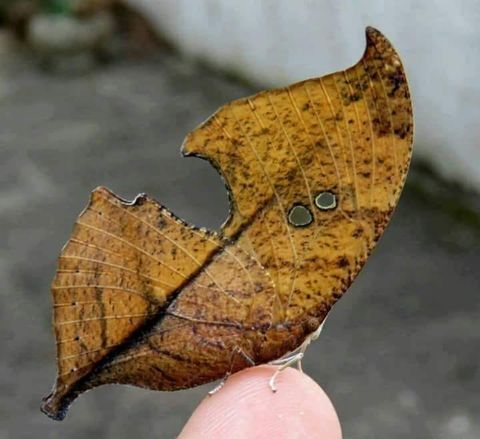
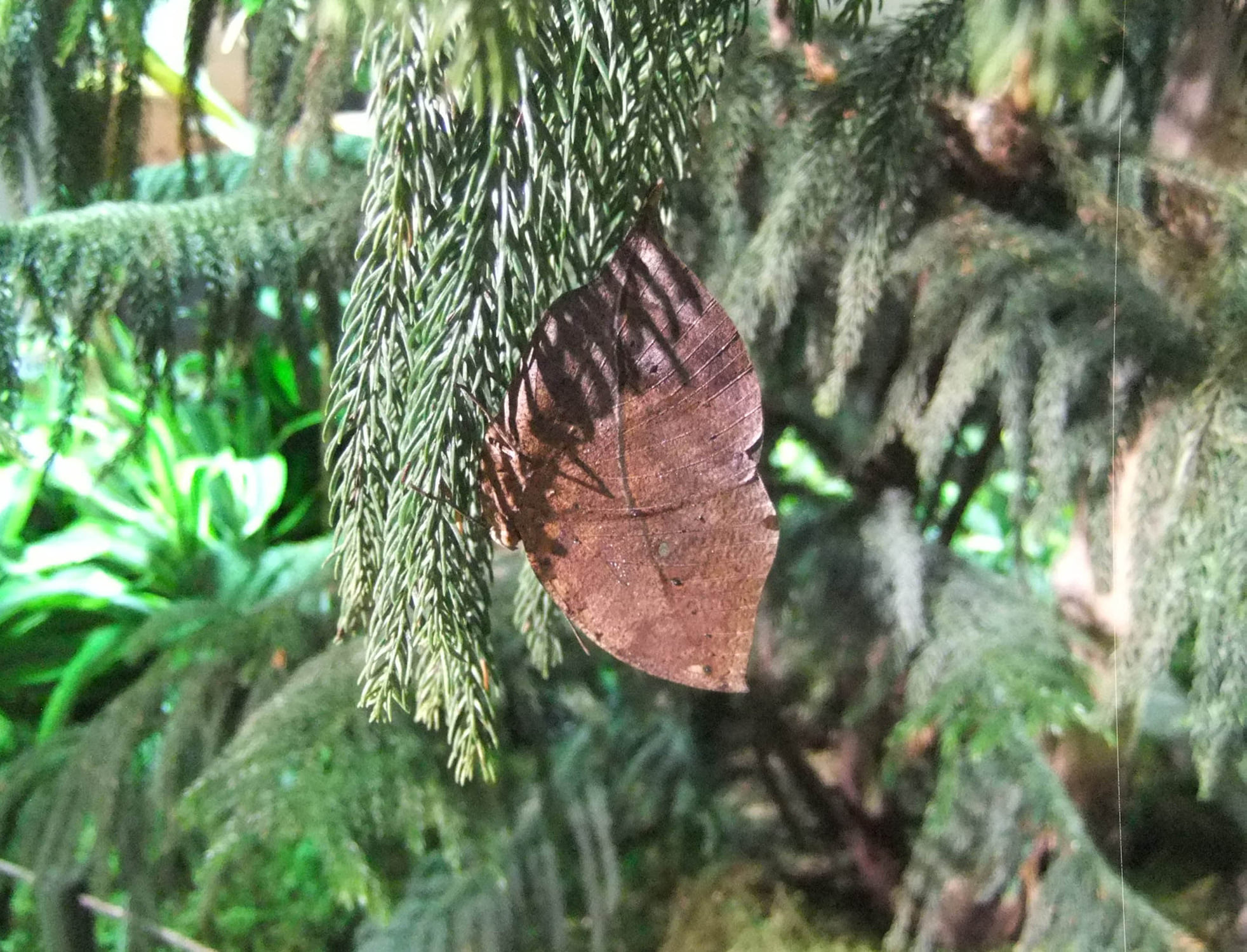
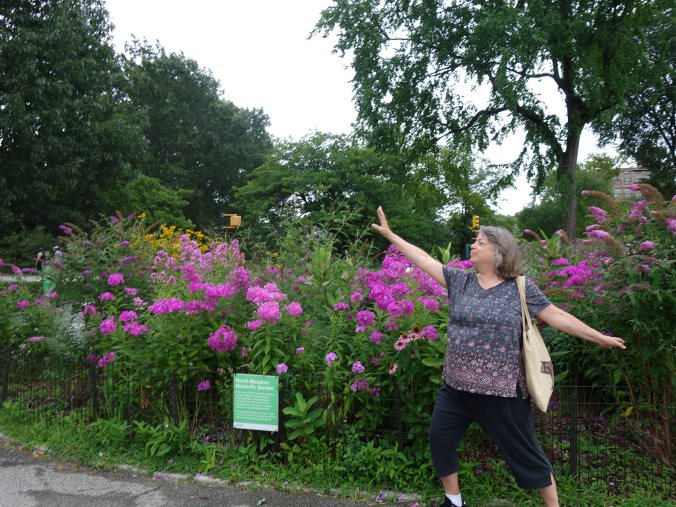
2019.
Today is National Learn About Butterflies Day. Did you know… Central Park has several Butterfly gardens that are full of plants, flowers, and shrubs which act as host plants and food sources, from spring through first frost, for a variety of butterfly species. The plants are colorful, beautiful, and provide a wide variety of wonderful fragrances for visitors of all species to enjoy.